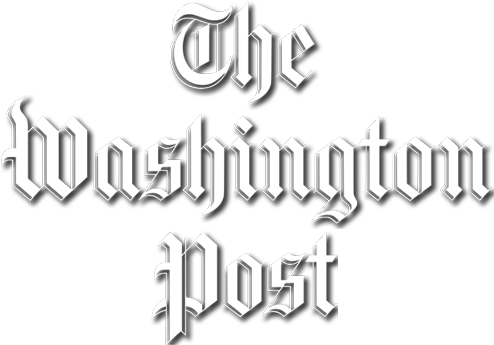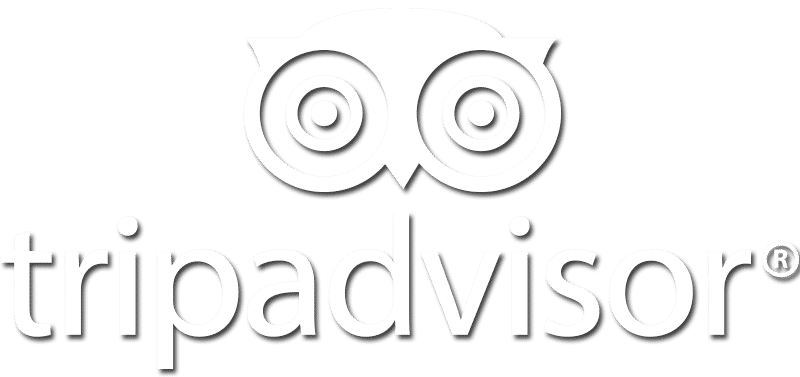If you ever want to meet the cattle kings Uganda most specifically the western part of the country is the best place to visit. The long horned cattle can be seen moving around the vast pasture lands with one or two cattle keepers holding long sticks and these keep around so that they help in fending off danger. These Ankole cattle are good to rear because they can survive in the harsh conditions and can survive on less food and water.
Ankole cattle are rated mainly in Western Uganda in the districts of Isingiro, Bushenyi, Ntungamo, Mbarara and Kiruhura. The cattle mainly feeds on grass found in the vast lands and sometimes farmers give them supplements to add on their diet. The cows are majorly known for their long horns that rise up to eight feet from tip to tip. The legends say that the horns are meant for defense in case the cattle are attacked.
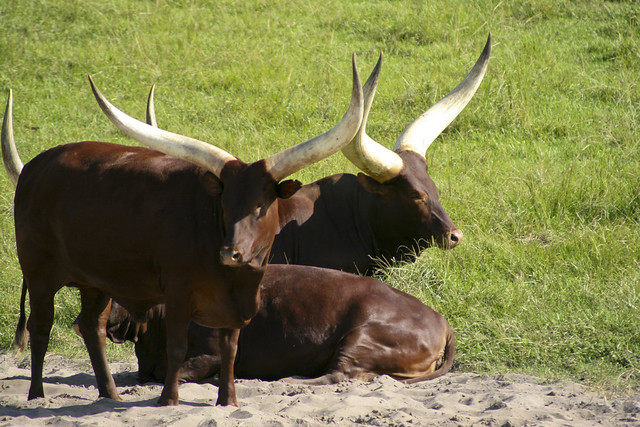
The history of the Ankole cattle
The Ankole cattle as earlier noted are from the Sanga cattle breed which is divided into different types and the Ankole is the Watusi cattle type. The Watusi cattle are named after the Tutsi tribe that is found in Rwanda. The Ankole Watusi cattle are sacred in the eyes of most African people and most people around do not use them for meat purposes although others do depending on the region that they come from.
The Ankole cattle was reared by herdsmen who are believed to have come from Egypt with the Zebu cattle that originates from India and the cross breed brought about the sanga cattle family from which the Ankole cattle originates from. The sanga is reared in Rwanda, Burundi and Uganda although the original Sanga is still reared in the countries of Ghana and Zambezi.
The cattle are treated as sacred to the significance they play in the families of the cattle keepers because most people wholly depend on the cattle to care for their families. They are also used to measure one’s status in society that is if one has a lot of battles, then their status is elevated as compared to someone who has fewer cattle. The cattle have unique characteristics that are they have long horns, they also have the pendulous sheath and dewlap and a neck hump which varies in size.
The Ankole cattle also known as the Inyambo by the locals are majestic, long horned animals which move long distances from one place to another in search of pasture and water. They are also considered to be a yardstick for warriors and wee also considered as a beautiful divine incarnation. The cattle is reared for both milk and meat purposes although the skin can also be used for making cultural regalia like drums, stools, sandals and clothing.
Inyambo are raised in the Right valley especially along the border of Rwanda and Uganda in the cattle corridor. The people who rear the cattle also determine time according o the grazing period of the cows that is mornings are referred to as grazing time and the evenings are referred to as home time as this is the time when the cattle is brought back home from the grazing fields.
The cattle vary in the different sizes depending on the care given to them by the farmers but to note the young calves always range between 14 to 23 kilograms making them a good choice for cross breeding when the time comes.
After looking at a brief introduction about The Ankole cows, we will discuss the way of life of the Ankole cattle and the breeds.
Price Of Ankole Cattle in Uganda
The price of an adult ankole cattle is $ 1000 or 3.5m Ugandan shillings.
The types of breed of Ankole cattle
There are three main breeds of Ankole cattle and these include the following:
The Bahema Strain
The Bahema strain is found in the Northern part of Kivu near the Amin and Edward Lakes. The Bahema strain has relatively smaller horns as compared to the other strains and the color of their color varies with time. This is the main breed that is reared in Uganda and it is reared mainly for wealth creation purposes, by products like milk and ghee, meat and to pay dowry for the girls that are brought by the sons for marriage.
The Tutsi Strain
This is majorly reared in Burundi near the Lake Tanganyika. The Tutsi strains have the largest horns and they are predominantly red in color.
The Bashi Strain
The Bashi strain can be found in the southern part of Kivu near Lake Kivu.
The Kigezi strain
The Kigezi strain is a bit rare and but has some similarities to the Bahema strain. This can be found in the hills of Kigezi.
What do Ankole cattle need to grow healthily?
The Ankole cattle do not need a lot of shelter since they can easily tend to themselves easily. All they need is a shed where they can escape to especially during rains. If you are to build a barn for the cattle then you need to make sure that there is enough space for all the cattle so that they do not bump into each other with their long horns. The good thing about these cattle is that they can survive on little food and water since they have a very good digestive system that can utilize moisture within the cow’s body as long as the food contains proteins.
How to sell the Ankole watusi cattle
The Ankole watusi cattle are sold like any other cattle but they go for a higher price as compared to the other breeds and this is due to their large bodies and long horns. The cattle can be sold while still on the farms or they are transported to different to the city centers for sale. The Ankole cattle are normally bought by abattoirs who sell meat in large quantities all over the country. They can also be sold through online advertising due to the increased internet use by the people or through word of mouth. The best way to sell these cattle is definitely through word of mouth in Uganda. The prices of the Ankole Watusi cattle depend mainly on the size and age.
The Ankole Watusi horns
Ankole cattle are not only used for food and bloodletting activities, but their horns are sold for decorative purposes. Any lover of the art department should own these horns due to the wonderful design that they form when placed in a room. These horns are brought to the market wrapped in natural hides and a twine rope on each of the horns which separates them to avoid damage during transportation.
The horns weigh between 900 to 1600 pounds each and they can be sold at different prices depending on the design that the client wants on their horns.
The importance or significance of Ankole cattle
-
The milk got from the cattle is used for making ghee and yogurt due to its high content of fat.
-
The blood collected from the cattle after slaughtering is also used in making a local cuisine that is a delicacy to the locals
-
The cattle are used for strengthening social relationships. This is done when people go out to graze their cattle they are bound to improve on their relationship by talking about different issues and heir cattle.
-
The cattle are a source of income to the farmers.
-
The wastes from cattle especially the dung is used in finishing of the houses and manure in gardens especially banana plantations.
-
The urine of the cattle is also used for medicinal purposes by the locals.
-
The cattle also play a big role during the introduction ceremonies as they are used for payment of dowry. The Ankole people believe that dowry is considered enough only if the groom pays the number of cattle that has been stipulated by the family of the bride.
-
The long horns are used for decoration purposes in different places of art.
-
The cattle also represent a status for the people who rear them that are one who own a lot of cattle have a high social standard.
-
The skin and hide from the people are used for making decoration and clothes by the local people.
-
The cattle also provide food in form of meat, milk and the various by products got from them.
-
In Ankole, cows are considered the best gift that one can give to someone else.
After being introduced to the wonderful Ankole Watusi cattle you might want to add some few to your herd for a cross breed or start your own farm it is not very difficult to start up a farm and all you need are simple basics on how to rear the cattle. The Ankole Watusi cattle can also be used to cross breed creating another breed of cattle. And with the help of their manure, you will have an endless supply of manure at no cost.


